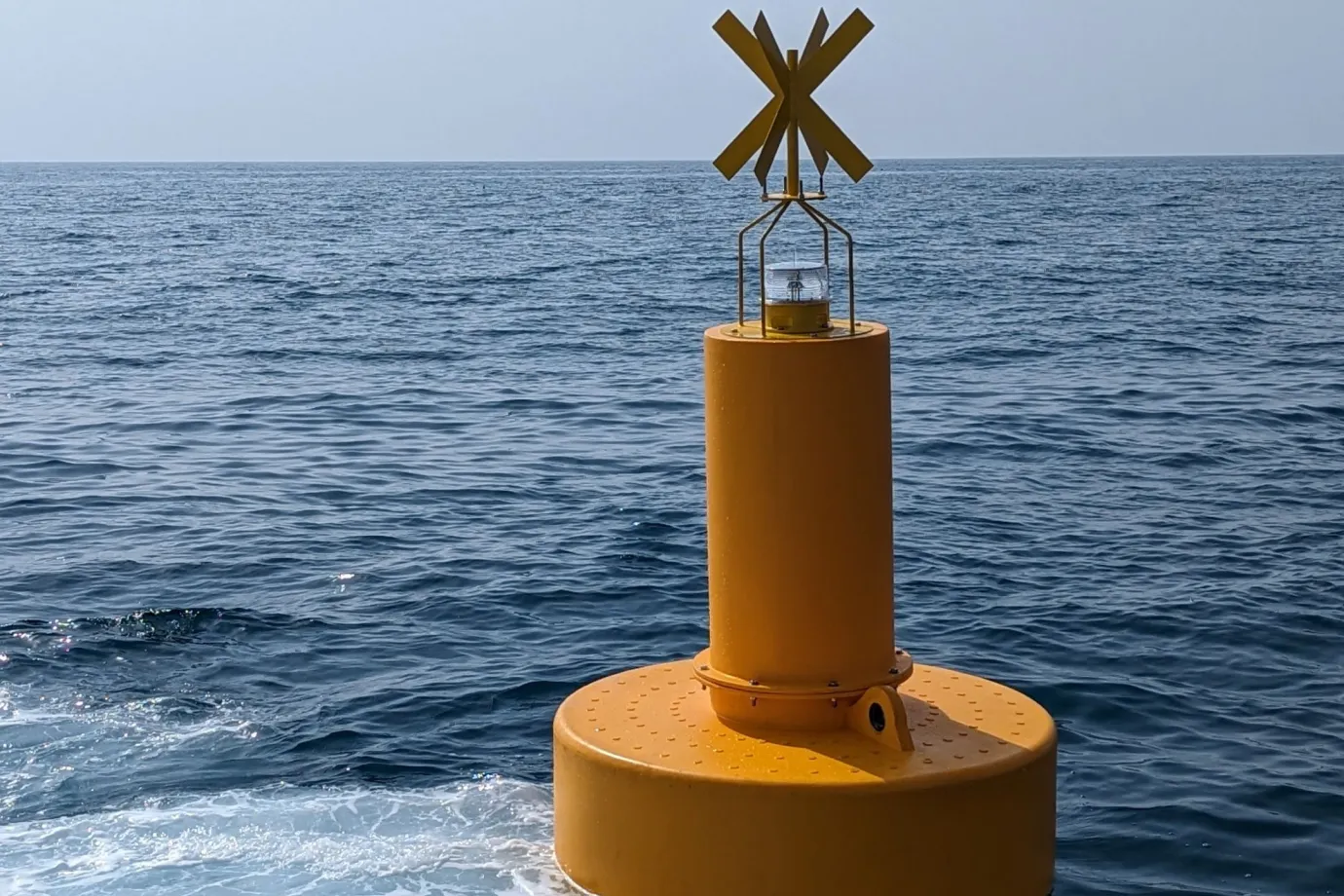Railway depot design involves creating efficient facilities where rolling stock is maintained, serviced, and repaired. It considers equipment placement, workflow optimization, and future operational needs. A well-designed depot supports smooth operations, reduces downtime, and ensures the long-term sustainability of railway infrastructure.
In this blog post, we will explore the key aspects of Railway Depot Design to ensure optimal operations. We will cover the essential stages of the design process, beginning with requirements analysis to assess the needs of the rolling stock and tasks that must be performed in the depot. Next, we’ll evaluate the equipment and tools required for efficient operations. The post will also dive into workflow optimization, focusing on how the depot’s layout can be designed to maximize productivity and streamline maintenance processes for long-term efficiency.
Comprehensive Railway Depot Design and Requirements Analysis
The initial phase of railway depot design involves thoroughly analyzing the requirements to ensure the facility suits the specific maintenance tasks needed for the rolling stock. By understanding the types of trains, maintenance levels, and workflows involved, the depot layout can be customized to meet operational demands efficiently. Additionally, future-proofing considerations are vital to ensure that the depot can adapt to evolving rail technologies and maintenance practices.
See also: “A Closer Look at Railway Maintenance Workshops“
Railway Workshop Design Based on Maintenance Levels
The design of a railway depot must be tailored to the specific maintenance needs of the rolling stock. Different types of trains, such as locomotives, passenger trains, or freight cars, require different maintenance procedures, which impact the depot layout. The types and levels of maintenance — from routine servicing to complex repairs — must be factored into the workshop design. This ensures that all essential tasks can be performed efficiently and safely. For example, depots designed for heavy maintenance tasks may require specialized equipment like lifting jacks, while those focused on light maintenance may need more streamlined workflows for quick turnarounds.
By assessing the exact types of rolling stock, the design team can ensure that space is allocated for the specific tools and equipment needed to handle the required tasks. For instance, depots servicing electric trains may need additional space for handling electrical components and infrastructure, while depots working on diesel trains may need enhanced fuel handling and ventilation systems. These considerations are key to ensuring that the depot is functional and efficient in maintaining the fleet.
Future-Proof Depot Design Considerations
A key aspect of comprehensive railway depot design is planning for future needs. As the rail industry evolves, so do the requirements for rolling stock maintenance. Future-proofing a depot ensures it can accommodate changes in rolling stock design, maintenance practices, or electrification needs. This could involve creating flexible spaces adapted for new technologies or additional equipment as requirements evolve.
Moreover, depot designers should consider expanding the facility to handle an increase in the number or types of trains. Designing modular systems and using adaptable technologies like Building Information Modeling (BIM) can help streamline these expansions in the future. By incorporating such flexibility into the initial design, depots can continue to operate efficiently as the rail industry’s demands change.
Railway Depot Design Equipment Evaluation and Specification Development

In the design of a railway depot, evaluating the necessary equipment and developing clear technical specifications are critical steps to ensure the depot’s operational efficiency. Equipment must be selected based on the required maintenance tasks and aligned with the facility’s long-term goals.
See also: “Rail Depot Control System“
Defining Railway Depot Equipment Requirements
The first step in equipment evaluation is to define the specific requirements based on the types of rolling stock and the maintenance tasks to be performed. Each type of train—passenger, freight, electric, or diesel—has distinct maintenance needs. A thorough evaluation of the equipment required for these tasks, such as lifting jacks, inspection pits, overhead cranes, and specialized tools, ensures the depot is properly equipped for efficient operations. The equipment layout should also consider space for future expansion or changes in maintenance procedures.
Additionally, depot equipment must meet industry standards for safety, efficiency, and environmental compliance. For instance, facilities handling electric trains must ensure that the depot is equipped with the necessary electrical components, while diesel depots may require robust ventilation systems and fuel-handling infrastructure. A clear understanding of these needs helps align the equipment with current and future operations.
Drafting Technical Specifications for Railway Depot Design
Once the equipment requirements are defined, technical specifications must be developed to guide the procurement and installation of equipment. These specifications should cover all aspects of the equipment, including performance standards, installation requirements, and compliance with safety and industry regulations. Technical specifications ensure that the selected equipment will fit the depot’s design and meet the operational demands for efficiency and durability.
By drafting clear technical specifications, the design team can ensure that vendors supply equipment that aligns with the overall depot design strategy. This stage is also crucial for managing project costs, as well-defined specifications reduce the likelihood of costly errors or mismatches during installation.
Optimizing Railway Workshop Design for Efficiency

An efficiently designed railway workshop ensures smooth maintenance operations, minimizes downtime, and enhances productivity. Optimizing the depot’s layout and workflows is key to meeting these goals, and advanced design methodologies like BIM play a pivotal role.
Using BIM Methodology for Railway Depot Layout Design
Building Information Modeling (BIM) is essential for designing modern railway depots. BIM allows for creating detailed 3D models encompassing every depot aspect, from infrastructure and equipment to workflows and utilities. By using BIM, designers can visualize the entire depot in a virtual space, making it easier to identify potential design issues, optimize space, and ensure that the layout supports smooth operations.
BIM also helps simulate real-time operations, showing how trains, personnel, and equipment interact within the depot. This methodology enables better decision-making by allowing stakeholders to collaborate and adjust the design before construction begins. Furthermore, BIM ensures that the depot is designed with scalability, making future expansions or modifications easier to implement without major disruptions to current operations.
See also: “BIM Integration in Railway Project Management“
Workflow Optimization in Railway Workshop Design
Optimizing workflows within the depot is essential to ensure that maintenance tasks are carried out efficiently. This involves carefully planning the layout to minimize unnecessary movements of trains and personnel. For instance, placing high-use equipment, inspection areas, and service tracks nearby can reduce transit times between tasks, allowing maintenance staff to focus more on core activities.
Moreover, the railway workshop design must consider the flow of rolling stock in and out of the depot, ensuring no bottlenecks could cause delays. Separate tracks for light and heavy maintenance and clearly defined zones for different tasks can enhance workflow efficiency. Incorporating automated systems, like conveyor systems for parts and tools, can also contribute to speeding up operations and reducing manual handling. The ultimate goal of workflow optimization is to streamline processes, improve safety, and ensure that maintenance schedules are met with minimal disruptions.
Maintenance Process Improvement in Railway Depot Design

Optimizing the maintenance processes within a railway depot is essential for minimizing downtime and ensuring efficient operations. Effective maintenance design focuses on strategically placing work areas, allowing smoother workflows and faster task completion while maintaining safety and operational standards.
Strategic Placement of Work Areas in Railway Workshop Design
The strategic placement of work areas within a depot is critical in ensuring efficient maintenance workflows. By organizing the depot layout to prioritize proximity between related work zones, downtime can be significantly reduced. For example, key maintenance areas, such as inspection pits, lifting areas, and repair zones, should be positioned close to each other to minimize the time and effort spent moving trains between tasks.
Additionally, the depot should be designed with dedicated zones for different maintenance levels. Light maintenance tasks, such as cleaning or minor repairs, should have separate areas from heavy maintenance tasks, which require specialized equipment and more space. This separation helps avoid congestion in high-traffic areas and allows each zone to function without interference.
The placement of work areas should also account for the types of rolling stock serviced in the depot. For instance, electric trains may require dedicated spaces for handling electrical components, while diesel trains may need areas with enhanced ventilation. Furthermore, work areas should be strategically designed to ensure safe and efficient operations. Features like overhead cranes, tool storage, and parts inventory should be positioned to reduce unnecessary movement and ensure easy access for maintenance staff.
Clear paths between work zones, wide enough for personnel and machinery, help streamline the process and improve productivity. Workflow analysis during the design phase allows depot managers to identify and eliminate bottlenecks, ensuring a continuous flow of maintenance operations. Ultimately, strategically placing work areas enables faster completion of maintenance tasks and better resource utilization, contributing to the depot’s overall efficiency.
Finalizing the Railway Depot Design for Maximum Productivity
The final stage of railway depot design focuses on ensuring that all elements work together for maximum productivity. This includes confirming that the layout, equipment, and workflows are optimized for efficient operations. Key areas such as equipment placement, work zone accessibility, and the integration of future-proof designs must be reviewed and adjusted as necessary.
At this stage, ensuring that the depot can support seamless maintenance flows while minimizing downtime is essential. Collaboration among stakeholders, continuous testing, and real-time simulations can help identify any inefficiencies that may still exist. Furthermore, maintenance procedures should be standardized across the facility, allowing for smooth operations and easy scalability.
By finalizing the railway depot design with attention to detail, the facility will be prepared to handle its current operational demands and adapt to future changes, ensuring long-term productivity and efficiency.




